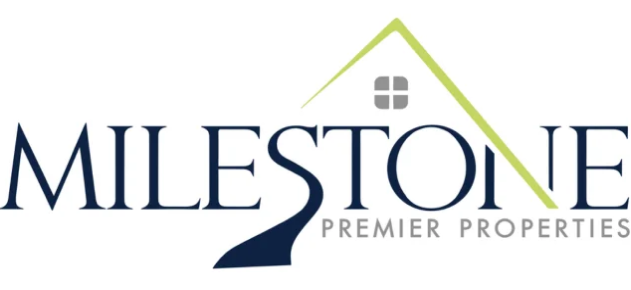We know your time is valuable, and navigating a new system can be confusing at first. That’s why we’ve put together a short video and this quick reference guide to help you better understand your Buildium owner portal and how to interpret your statements and reports. Below are some of the most common questions we receive from owners, explained in simple terms:
Understanding Negative Balances
A negative balance on your owner statement usually means that expenses exceeded income during that statement period. This can happen if:
1) A large repair was completed
2) Rent hasn’t been collected yet
3) A new resident moved in and rent hasn’t been disbursed
Each month, you’ll receive an owner statement. If your statement reflects a negative balance, we’ll explain the reason and provide a way to settle it. Most often, this is done through your owner portal via a contribution request. To make a payment, simply log into your portal and click the “Make a Contribution” button. In some cases, we may send an invoice through QuickBooks instead. Either way, you’ll have an easy electronic option to pay any balance due at the end of the statement period.
How Prorated Rent & Disbursements Work
When a new resident moves in partway through the month (rather than on the 1st), we collect the first full month’s rent upfront, and the prorated rent for the move-in month is applied to the second month. This approach ensures you receive a full month’s rent initially, helping to cover the resident placement fee and any related expenses. You’ll see the full month’s rent disbursed first, with the prorated amount included in the following statement period.
Resident Maintenance Charges
All maintenance expenses are initially billed to the owner’s account, even if the charge is resident-responsible (like damage caused by the resident or something covered by the lease). If reimbursement is due from the resident, we charge it to their ledger and collect it with their rent due on the 1st of the month. Depending on timing, the reimbursement may appear in the same statement period or the following one.
Understanding Owner Reserves
We recommend keeping a $1,000 reserve balance on your account. While not required, it allows us to quickly handle any larger necessary repairs without waiting for additional funds. This reserve will show on your statement as a retained balance and will not be included in disbursements unless otherwise requested.
Property Improvements & Remodeling Costs
Any upgrades or larger improvement projects (beyond standard repairs) will appear under the “Remodeling” line item on your owner statement. This distinction helps separate routine maintenance from capital improvements for clearer financial reporting. Keep in mind that general repairs are typically tax-deductible, while larger improvements may need to be depreciated over time or written off differently. By separating these expenses, you and your CPA can more easily determine how to properly classify and expense capital improvements on your tax return.
Statement Periods & Disbursement
Our statement period runs from the 20th of the current month to the 19th of the following month. After the period closes, our administrative team reconciles accounts and sends:
1) Owner statement
2) EFT disbursement
These are typically sent out by the 25th of each month, though holidays or weekends may affect this. Once you receive the EFT notification, please allow 3–5 business days for funds to appear in your account.
Navigating Your Portal: Where to Find What Reports & Financials:
The best place to view detailed financial activity is in the “Reports” section of your portal. Click on “Reports” and select “Rental Owner Statement.”  We recommend clicking the star icon to mark it as a favorite—this will pin it to the top of your reports list for easy access in the future.  When you open the report, it will automatically default to the current statement period. To view a different period, use the dropdown menu to select a previous report. If you’d like to see all transaction details, check the “Transaction Details” option and click “Run Report.”  |
Receipts: Receipts for expenses are attached to individual line items or can be viewed in the “Financials” section. To get here, click on “Rental Owner” on the left navigation bar, and then click “Financials.” To locate the receipt, click the blue expense link. This will open the general ledger, where you can view details such as the vendor, total amount, and a brief description of the work performed. Look for the paperclip icon in this section—click it to view a PDF of the receipt or invoice.  |
Documents: There are a couple of places within your portal where you can access important documents, such as Property Management Agreements, Lease Agreements, and Inspection Reports. All files are clearly labeled for easy reference. The primary location is the “Documents” tab, found under the “Rental Owner” section in the navigation bar. The second option is to navigate directly into the individual property. This is especially helpful if you have multiple properties and want to access documents related to a specific one. To do this, go to the “Rentals” tab on the navigation bar and select “Properties.” Then, click the blue link with the property address, and go to the “Files” tab to view documents specific to that property.   |
We understand that the Owner Portal in Buildium can be a bit tricky to navigate, so we hope this guide has helped you find the most important information with ease. We’re here to help if you have questions or would like more help navigating your portal. Watch the video above or reach out to our team anytime!
